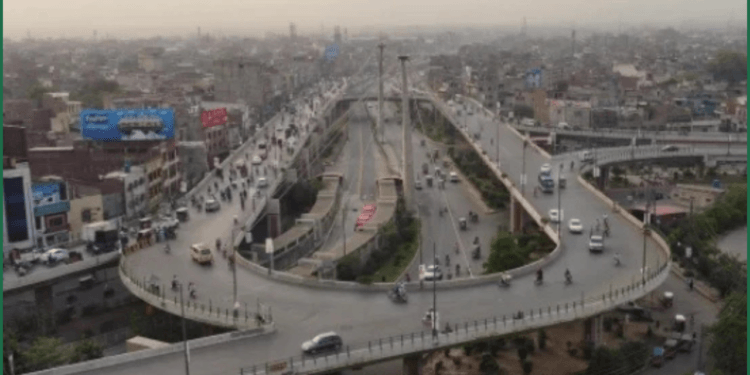Lahore, Pakistan’s cultural hub, is battling a punishing heatwave worsened by rapid urbanization and dwindling green spaces, experts caution, as temperatures soar beyond seasonal norms.
The Pakistan Meteorological Department forecasts 41°C highs this week, far above April’s usual 35°C. Historical trends show rising April temperatures, reaching 43°C in 2023. 2025 may match that record, signaling a concerning escalation in heat.
Deforestation and unchecked construction destroy ecosystems, fuel climate change, and threaten biodiversity, environmentalists warn.. Since 2000, Lahore’s green cover has plummeted from 12% to under 3%, while its urban footprint has swelled by 65%, now spanning 820 square kilometers, according to the Punjab Urban Unit. This transformation has intensified the urban heat island effect, where concrete jungles absorb and radiate heat, trapping warmth well into the night.
“Decades of poor urban planning have stripped Lahore of its natural cooling systems,” said Dr. Ayesha Khan, a climate researcher. “Lost trees and green spaces, coupled with industrial emissions, are pushing the city toward a thermal tipping point.”
Provincial authorities have issued urgent heat advisories, recommending residents stay indoors during peak hours (11am–3pm), hydrate frequently, and watch for heatstroke symptoms like fatigue or disorientation. Medical facilities are on alert for heat-related emergencies.
While these measures offer short-term relief, experts urge systemic change. Proposed solutions include aggressive reforestation, rooftop gardens, and climate-smart urban policies to curb heat-trapping development.
“Lahore’s future depends on balancing growth with sustainability,” Dr. Khan added. “Without action, extreme heat could redefine life here, straining health systems and livelihoods.”
As the city swelters, the call for greener, cooler urban planning grows louder, with residents and experts alike demanding a resilient path forward.

















































